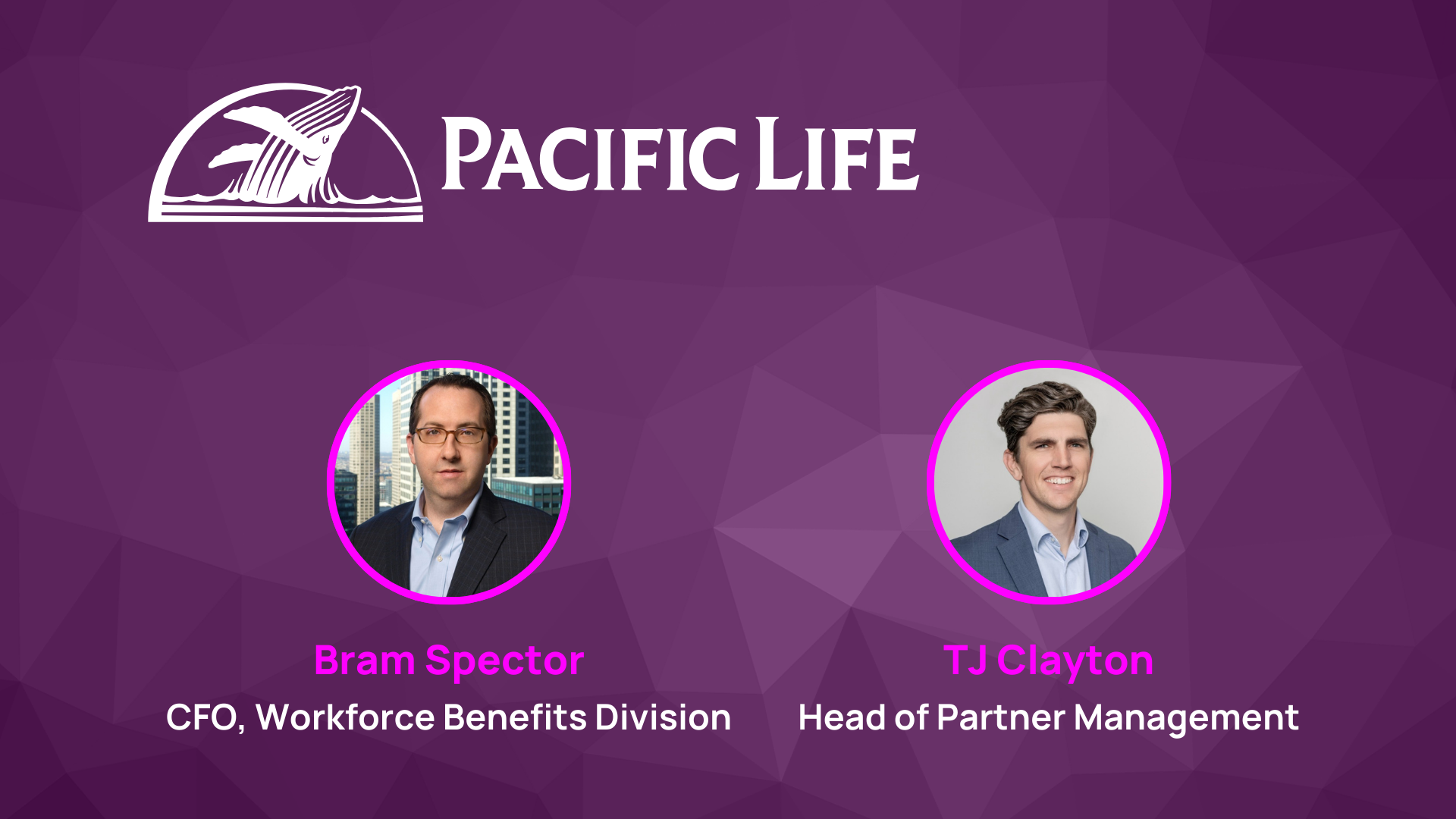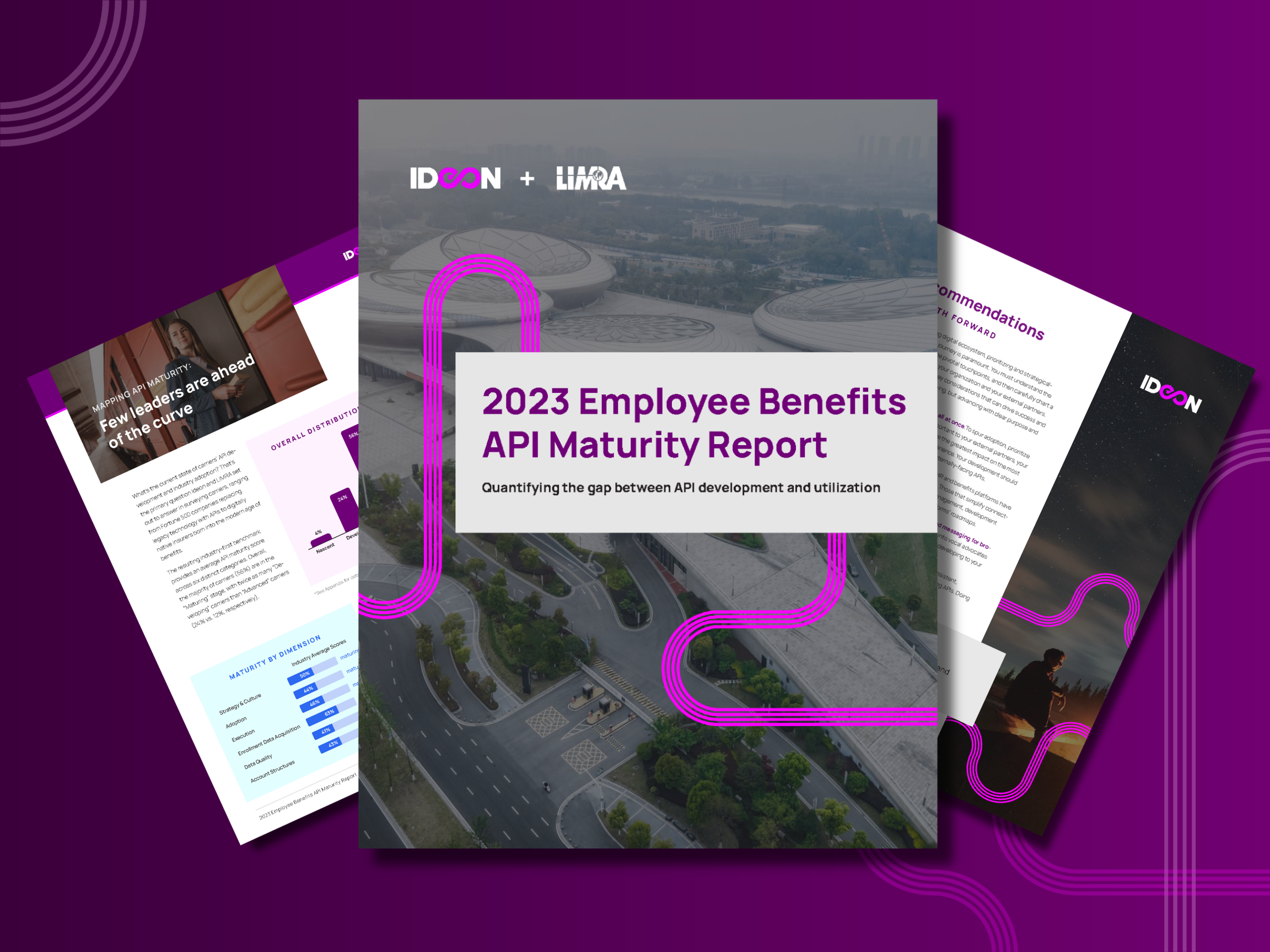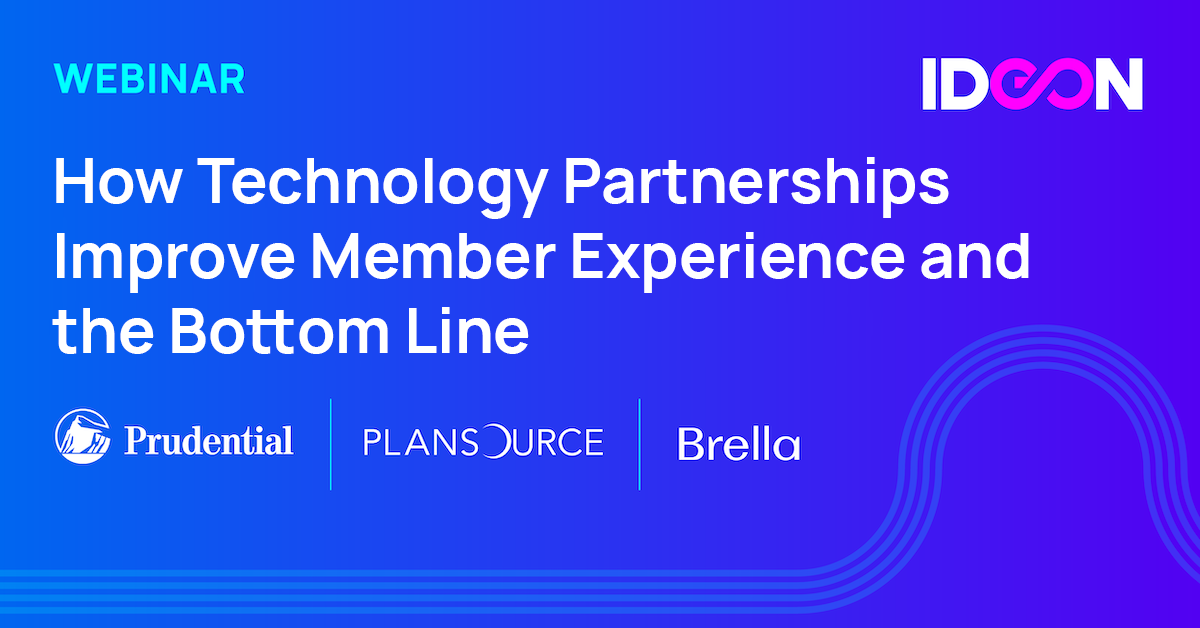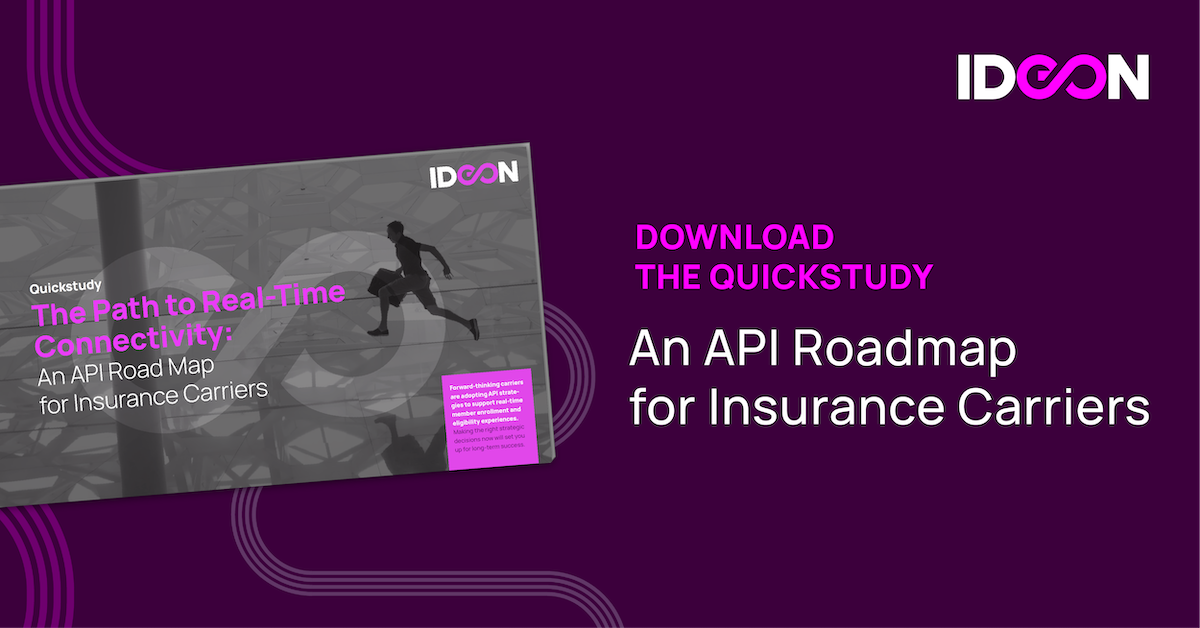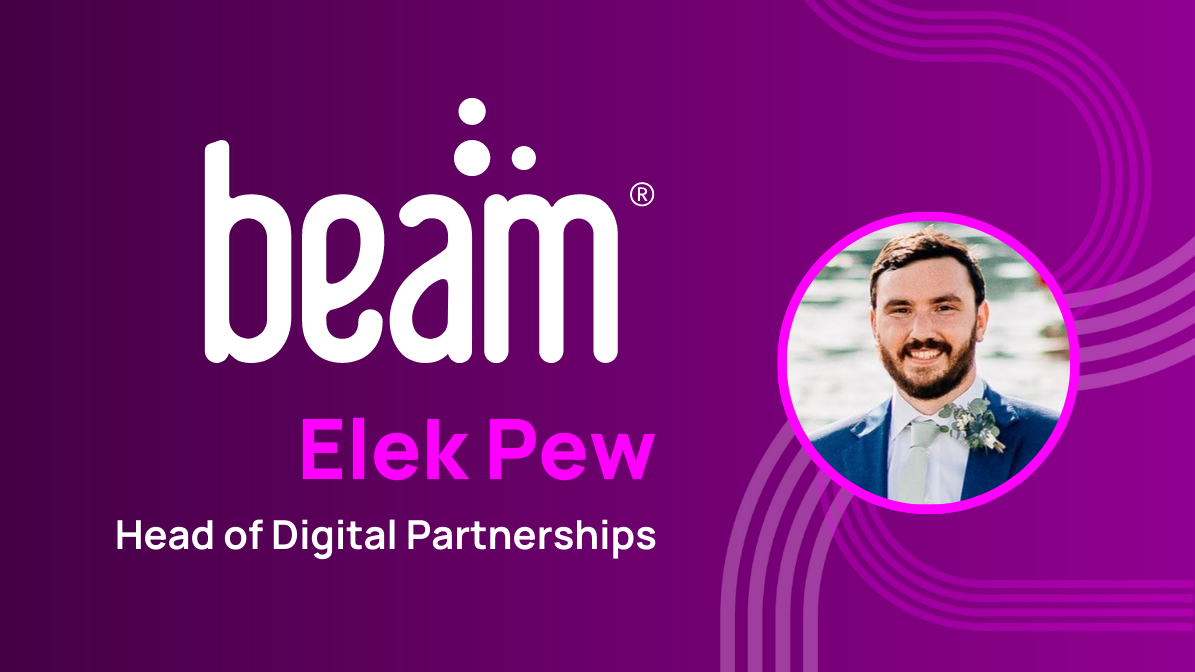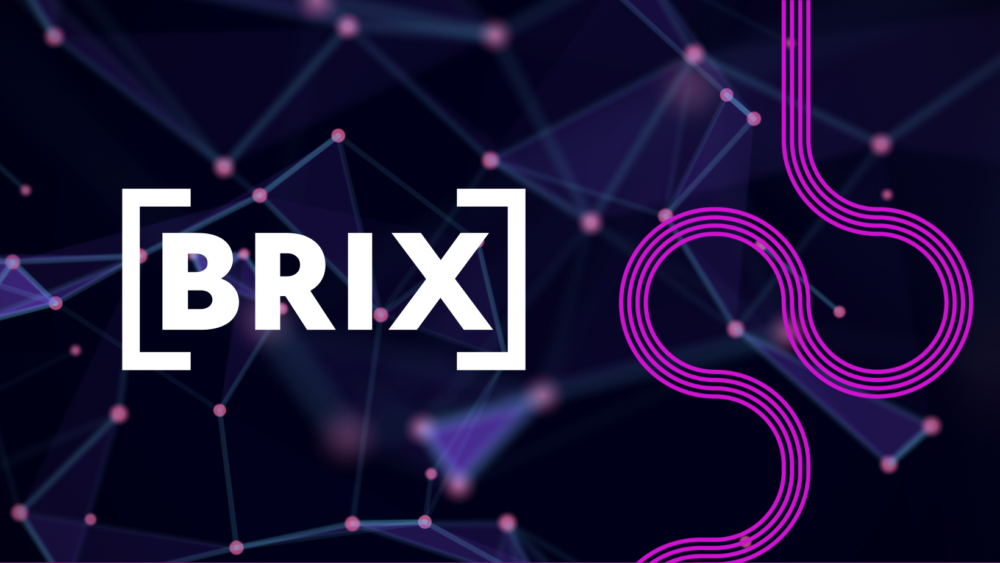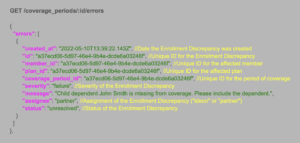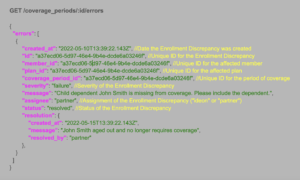Welcome to Episode 4 of Ideon Insights, our monthly interview series featuring thought leaders and innovators driving the benefits industry forward. In this episode, we talked with two leaders from Pacific Life’s new workforce benefits division, Bram Spector (CFO) and TJ Clayton (Head of Partner Management).
In this Q&A, Bram and TJ discuss building a digitally-native, startup-like benefits provider, backed by the resources and reputation of a 155-year-old insurance giant. They also explain why the benefits experience is ripe for digital innovation, how digital connectivity fueled Pacific Life’s go-to-market strategy, the role of Ideon, and their vision for the future.
Watch the full episode of Ideon Insights here. Below we’ve highlighted key moments from the conversation.
IDEON: Why did Pacific Life enter the benefits industry?
BRAM SPECTOR: Pacific Life has legacy and a track record of incubating and building new businesses. Our corporate strategy team spent a couple years evaluating options, various markets that we weren’t in previously, and ultimately made the decision that employee benefits was the place where we wanted to invest in building a new business.
Our strategy started by assembling a team of folks from across the group insurance industry who had spent the last 10, 15, 20 years of their careers in carrier roles and wanted an opportunity to deliver exceptional experiences to customers. We built a team that was focused on solving our customers’ biggest issues, then we did a ton of research to validate the pain points today across the industry.
We spent a lot of time challenging ourselves to understand why our competitors have not been able to solve those challenges. And then we architected our strategy around a series of experiences that are designed to make our customers’ and stakeholders’ lives better.
IDEON: Walk us through your initial launch strategy… what were your priorities?
BRAM SPECTOR: Ultimately, we decided to build the business based on a couple of key principles. One, we want to operate like a startup — agile, move quick, use an MVP-based approach to get to market. And two, we’re focused on building a digitally-native workforce benefits business. We’re also thrilled to launch with three technology partners: Employee Navigator, ADP, and Selerix.
IDEON: What does it mean to be a digitally-native benefits provider?
TJ CLAYTON: When we think about being digitally native, the key is not to just be digital for digital sake. What are the pain points, the friction points that brokers and employers experience all day, every day? That’s what we want to solve with a digitally-native approach.
What are the pain points around billing, around commissions, around setting up cases, enrollment, and file feeds? What are the challenges that make this industry what it is, and how do we turn those things on their head via a digitally native experience? We set out to solve problems, not to just put a digital label on a new logo and a new company.
BRAM SPECTOR: We’ve got the benefit of starting with a completely blank slate from an architecture perspective. We’re making sure we take advantage of that opportunity to really architect our experiences and our business processes in a way that supports our customers.
IDEON: What parts of the benefits experience did Pacific Life focus on initially?
BRAM SPECTOR: We heard resoundingly that the industry’s billing experience is terrible. It’s challenging, and frankly, it shouldn’t be. Onboarding, or customer implementation, is another issue that customers consistently have said is a pain point and a challenge. So we’ve got the opportunity to set a great first impression if we do that implementation right, and to set ourselves up for a successful customer relationship.
IDEON: From an API, digital connectivity standpoint, where have you prioritized development?
TJ CLAYTON: We’ve invested significantly in building API connections with key technology partners. The functionality that excites me the most is that first initial step, the case set up. We’re able to set up a case in 30 minutes or less with a click of a few buttons and an API pulling all of that information right out of Pacific Life’s core system, right into our partner system.
What used to be days, sometimes weeks of manually keying in eligibility rules and rates, class mapping, not to mention the error-prone nature of manual data entry — all the things you’d have to do just to get someone ready for enrollment — we’re making it happen almost in real-time.
IDEON: How does partnering with Ideon fit into Pacific Life’s digital connectivity strategy?
TJ CLAYTON: For us, it’s about getting out into the market quicker with more partners. If there was a time where we had a disconnect between our shared values, technically, and someone else’s, Ideon can help bridge that gap.
Obviously, we prefer to receive data via API, because we believe that that’s the way of the future and that’s going to differentiate us. If a partner is not ready to send data in that manner, but there’s other reasons why we should work with that partner and Ideon can help bridge that gap in terms of enrollment data exchange, well, then there’s a great fit right there. So for us, choosing to partner with Ideon was about helping us get out in the marketplace with more partners, in a technically advanced way.
IDEON: Why is offering a great digital experience so important in the benefits industry?
BRAM SPECTOR: We want to simplify that experience so members can spend more time taking care of themselves, taking care of their families, instead of filling out endless forms to get their claims fulfilled.
Additionally, we’re looking to simplify the lives of brokers. While a lot of our digital experiences aren’t designed specifically for them, our connectivity strategy is designed to help make their lives easier. We’re simplifying the administration of benefits so that they can focus their time, their energy, and their limited capacity on helping their customers make the right decisions around how to protect their employees.
IDEON: What’s next for Pacific Life’s Workforce Benefits Division?
TJ CLAYTON: More partners, but not every partner. When I think about where we’re starting: no legacy technology, no legacy tech stack, the ability to have APIs throughout the whole value chain, but who’s ready to go on that journey with us? It’s not everyone. We want to bring the industry and bring the ecosystem along with us.
Stay tuned for new episodes of Ideon Insights each month. Subscribe to our newsletter below to stay in-the-know about Ideon and receive our latest content directly to your inbox.
